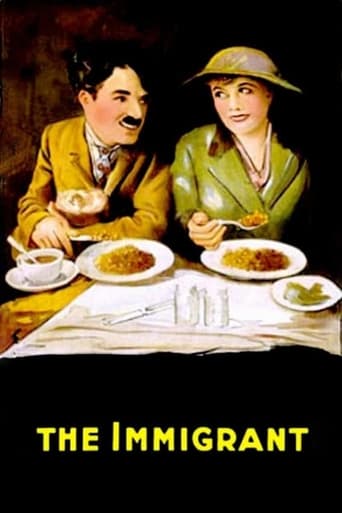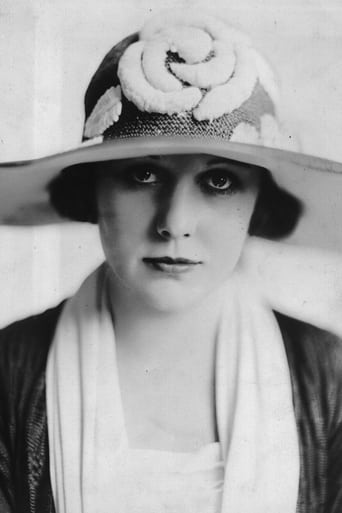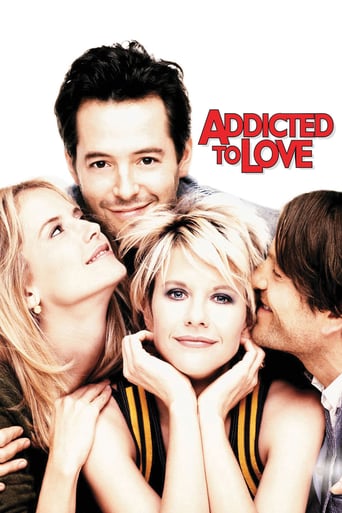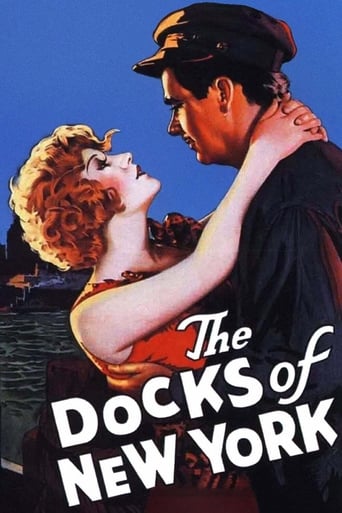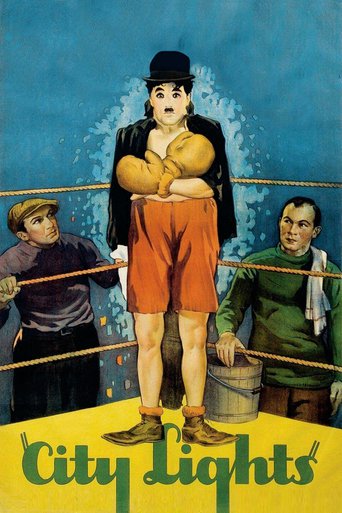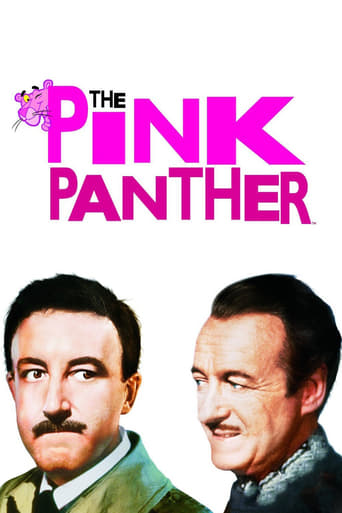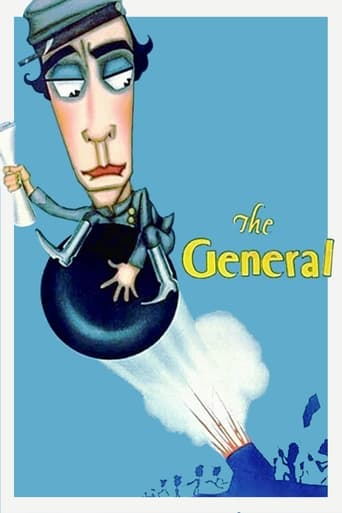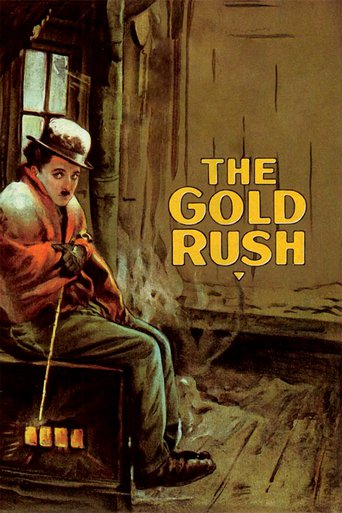The Immigrant (1917)
An European immigrant endures a challenging voyage only to get into trouble as soon as he arrives in New York.
Watch Trailer
Cast


Similar titles
Reviews
You won't be disappointed!
Admirable film.
The film makes a home in your brain and the only cure is to see it again.
An old-fashioned movie made with new-fashioned finesse.
The Immigrant was the first Chaplin film I ever saw. In the early 1950s, with little pocket money for the shows in the village cinema and virtually no TV ownership, the occasional Sunday film afternoons organized at the home of a school friend by an uncle of his were a real treat. The film collection wasn't that big, so I must have seen The Immigrant a dozen times, as one of a dozen kids screaming with delight, even in anticipation of scenes we already knew by heart. Many decades later the film has lost nothing of its quality, never mind that it is from an era when film was a sort of vaudeville theatre shot with a static camera. For a start there is the figure of the Tramp, with his physical agility, precise movements and wonderful range of facial expressions. Then there are the many bizarre types, especially the waiter (Eric Campbell) who frightened me to death when I was a child: a huge man with monstrous eyebrows over bulging eyes, capable of bending coins (false, I know) with his teeth. There is the hilarious rolling of the immigrants' ship, which forces people sitting on opposite sides of a table to take turns shovelling food into their faces and has fat ladies rolling like barrels. Finally, this is one of Chaplin's very 'economical' early shorts: every shot counts. In spite of their great qualities, Chaplin's later, longer films are occasionally a bit sloppy and marred by patches of sentimentality, reminding me bit of Dickens' novels. As do the many bizarre and theatrical characters and the depiction of grinding poverty in Chaplin's films. Dickens, very much a man of the theatre himself, no doubt would have loved film as a medium. A pity Chaplin never took on David Copperfield, Hard Times or Bleak House.
The Immigrant (1917) **** (out of 4) Terrific comedy from Charles Chaplin has him playing an immigrant who arrives in America and soon finds himself in trouble after trying to impress a woman (Edna Purviance) he met and fell in love with on the boat trip over. Of all the shorts Chaplin directed in his career, I think this one here is the best of the bunch because it's just sweet perfection from start to finish and I think it hit upon several things that would appear in his classic features and that's the ability to mix heart and comedy. There are so many highlights in this movie that I think it would be impossible for anyone not to laugh. We get off to an extremely fast start on the ship with a very funny scene where Chaplin catches a fish, throws it on board and then it ends up biting an innocent man. This is followed by a classic sequence where it's dinner time and it's hard to get a bite because the boat is rocking so bad. The comic timing in this sequence is just so perfect that it's easy to see why the director would shoot so long. Once on shore is pure magic as the tramp finds some money and goes into a store to get something to eat but of course the coin falls out of his pocket and he's in trouble. If you've seen the documentary UNKNOWN CHAPLIN then you'll remember the restaurant sequence and how it was broken down to show what a genius Chaplin was. This entire sequence is just so perfect in regards to its execution that it's really amazing that anyone was smart enough to pull it off. THE IMMIGRANT is pure magic from start to finish and it ranks of one of Chaplin's best films.
By this point it was fairly clear that Charlie Chaplin's little tramp character was not a canonical, consistent individual embarking on one adventure after the other. He could be a man of any name or background, albeit with the same famous props and persona, even a foreigner coming to American shores for the first time.It was this flexibility of character that kept Chaplin continually inventive, as well as being the key to the breadth of his appeal. The situations Charlie finds himself in here would be familiar to a large proportion of the audience, either from their own lives or the stories of their parents. There is a layer of poignancy in the harsh and frank depiction of the sea crossing, and Chaplin's balancing of comedy and tragedy was never better. Jokes have a bittersweet edge, and sad moments are given a comic – but never disrespectful – twist.Chaplin's precision as a director is utterly beautiful to behold. When the camera is tilting and Charlie is lurching all over the deck, other passengers get up one-by-one to vomit over the side, giving a kind of rising level of madness to the scene, and making the tramp's tottering look even more precarious. Later, when the passengers are having dinner, the rocking of the boat provides plenty of great gags, but look at what happens when Edna Purviance walks in. Not only do we cut to close-ups, losing all the distracting background business, but the rolling subsides to a gentle swaying. The change is smooth enough for us not to notice, but it subliminally colours the moment.The supporting performances are gems as always, but this time special attention goes to Henry Bergman. In the first half, Chaplin ekes a few laughs out of the poor man's rotund stature, with Bergman's rolling across the deck actually being quite an impressive feat. In the second half he gives one of his most fun performances as the flamboyant artist, not being exactly laugh-out-loud funny but creating a bold character all the same.And Chaplin himself is in the middle of it all, now doing his little tramp so effortlessly it looks as if his funny business is just happening, rather than having been thought up. He was now like Jimmy Stewart or Gary Cooper would be years later – always playing the same familiar type who could be adapted to any setting. The added bonus for Chaplin is that, as a silent star, audiences could project any name or voice they wanted upon him. This, then, is also one of the reasons why the little tramp could not have survived into the sound era – but that's another story.
Chaplin's eleventh film for the Mutual Film Corporation, which he edited, wrote, produced, and directed highlights the experiences of early twentieth century immigrants. A group of European immigrants heads to the United States aboard a ship. On the way, there are many sight gags and slapstick moments, such as the swaying of the ship (which is highly exaggerated), the card shuffling, and the mealtime musical chairs with the dishes. The New York harbor scene is especially poignant, as Chaplin himself was an immigrant only a few years before. Many of the shipboard experiences in the film probably echo his own during his immigration to the United States. Chaplin helps a woman and her daughter aboard ship and later meets the same daughter in a restaurant where he has dinner with her. However, Chaplin must figure out a way to pay for their dinners because he comes up short of cash. Meanwhile, another customer gets the works from the establishment, headed by waiter Eric Campbell, for not paying up. Chaplin spies a coin on the floor, and he has to quickly pocket it before anyone else sees it. This comical scene is the highlight of the film. Chaplin bumps into an artist who hires Chaplin and Edna Purviance (the daughter) as models, and Chaplin gets the guy to pay an advance. He then uses this advance to force Edna to marry him. This is a combination of the immigrant experience and the determination to survive and make good with a comic bent of course. *** of 4 stars.

